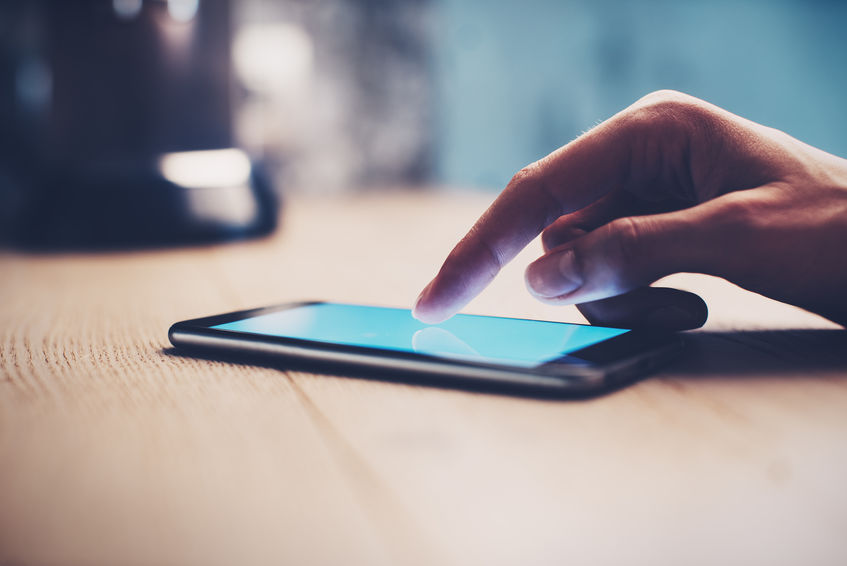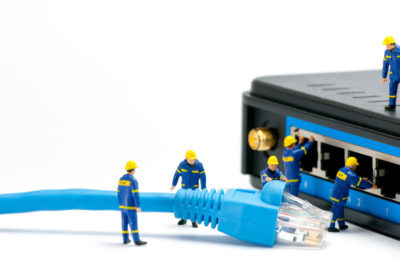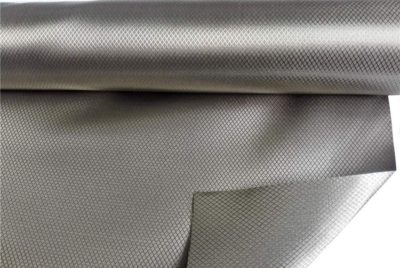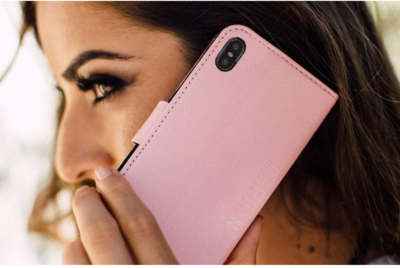Many people educate themselves about the dangers of EMF in the atmosphere, and how to protect their family from its effects, but they don’t know about the hazards posed by cell phone SAR levels. No, we’re not talking about SARS, the viral respiratory disease, we’re talking about something, arguably, just as detrimental. SAR stands for Specific Absorption Rate, and it refers to the amount of non-ionizing radiation (NIR) that is a absorbed into your body each time you use your cell phone.
The homes of today are filled with Non-ionizing radiation, also known as Extremely Low Frequency (ELF) radiation since all the devices society considers 21st century convenience comforts – microwave ovens, laptops, tablets, smart TVs, and wireless routers emit it. And even when we go outside, we’re still bathed in it since the cell phone AM and TV transmission towers that carry data to these devices are constantly emitting electromagnetic radiation. However, of all these sources of ELF radiation, your smartphone is one of the strongest emitters. And since you hold and use it close to your body, you are not only surrounded by ELF radiation, you are absorbing it. And this is where the importance of knowing the SAR value of a cell phone that you own or plan to purchase comes in.
Getting Down to SAR Value Basics
When deciding on a new cell phone, consumers compare storage capacity, data speed, camera acuity, and let’s face it, not only all the bells and whistles, but also how it looks. Rare is the person who asks about comparative cell phone SAR levels. And even if they do, the sales associate may not know where to find it, let alone what a SAR value is.
What Are SAR Value?
Cell phones use electromagnetic fields to transmit and receive voice and data to and from the mobile base tower. The problem is that some of the NIR energy in these fields penetrates the user’s skull. SAR values are assigned to reflect just how much of this cell phone radiation is absorbed by the body. This is expressed in watts per kilogram (W/kg), referring to the amount of radiofrequency (RF) energy, and kilograms, to the weight of the person using the phone.
And just as different individuals have different body weights, different cell phones have different SAR values. The higher, the SAR value, the more radiation the user absorbs. For example, if you are using a cell phone with a 1.2 SAR value you are absorbing more cell phone radiation than you would if you were using one with a 0.5 SAR value.
However, SAR values are not quite as cut and dry as they seem. While 1.2 is considered a relatively high SAR value and 0.05 low, the question is how objectively are they assigned? To answer this, we must look at the whos, whats, and whys behind the ratings. As for the why, that’s pretty obvious, phones are given SAR values so that consumers are aware how detrimental a particular cell phone may be to their health. The Whos and Whats require a bit more explaining.
Who Regulates SAR Values?
Even the question as to who assigns SAR values begs the answer: it all depends. It all depends on whether the phone in question is in the United States or Europe. In the U.S., the Federal Communications Commission (FCC) regulates the assignment of phone SAR values whereas in Europe, the regulatory agency is the International Commission on Non-Ionizing Radiation Protection (ICNIRP).
Likewise, the maximum allowed SAR value differs. In the U.S, it is 1.6 w/kg, averaged over one gram. Whereas in Europe it’s 2.0 w/kg, averaged over ten grams. This discrepancy is due to the different way SAR values are measured. But no matter which values apply to your country, those values are neither applicable to the majority of today’s users nor to how they use their phones, and in an ideal world would be revised.
Why Do SAR Values Need Revision?
The FCC has not revisited SAR values since 1996, an era when most people used their cell phones only to talk In that time. Since then, phones have grown in their sophistication, offering functions undreamed of in 1996. Users watch movies, read books, play games, do research, conduct Zoom conference meetings, check their doorbell cameras remotely, and many have given up calling in favour of texting. Some individuals sleep with their phones, relying on its alarm to wake them up in the morning. And while these tests were based on the 30-minute phone call usage of 1996, in 2020, it’s not uncommon for many to rely on their phones for 12 hours or more.
And so the tests that consisted of using phantom models of liquid-filled human head and body parts to simulate absorption levels do not account for today’s ubiquitous usage. Tests are needed that can address the EMF energy levels absorbed in the hands, and since men and women alike carry their phones in their pockets, along the torso as well. Speaking of women, the test subjects need to be expanded since those original tests were designed for an average weight male while today women and young children opt to use their cell phones for more hours of the day than ever before.
So which brands make the lowest SAR cell phones. Let’s look at top three.
Who Has The Lowest SAR Cell Phone Values of 2020?
Caution – the allowable SAR phone values as they stand are all relative since we must keep in mind that the 1.6 FCC SAR value and the European 2.0 are far from the ideal SAR. Rather they are the maximum level allowed – which in itself is alarmingly close, since research has shown that 2.2 kg/W is the threshold at which cellular biological damage starts to occur. As of 2020, three phones stand out for having the lowest cell phone SARS levels:
Samsung Note 10 and Note 10 Plus
Both these models have SAR values far below the FCC limit of 1.6. The standard Note 10 has a SAR value of 0.223 W/kg and the Plus 0.208 W/kg. Samsung has a history of putting out low SAR cell phones since they were the first to come up with an antenna that directed radiation away from the user’s head when in use – in response to a 2003 change in FCC that banned omni-directional antennas that broadcast signals in all directions.
Mudita Pure
Although it is still in production, the Mudita Pure, a sleek phone marketed as minimalist for its paucity of extra functions, is the lowest SAR cell phone so far – 0.08 W/kg. When it is available, its developers say it will have an easy-on-the-eyes e-ink display as well as Bluetooth capacity. However, since using Bluetooth increases the amount of EMF radiation, it is recommended that it remains switched off.
Verykool Vortex RS90
Another one of the low SAR cell phones on the market in 2020 is the Verykool Vortex RS9, a very simple Android model. Like the Mudita, it offers only basic features but makes up for its few bells and whistles with its impressive 0.18 kg/W SAR value.
How to Find Out the SAR Value of Your Phone
Every cell phone has its own SAR value and FCC regulations require manufacturers to disclose it. However, finding it can be somewhat of a challenge since there is no cut and dry rule as to how the companies make it known. The easiest way is to look in your phone’s user manual. It is there, but you have to search for it.
Another option is to go to the manufacturer’s website. Again, it’s there, but each company will put you through its own paces. To find an Apple SAR, first you must click on “legal” and once there, click on RF exposure. Samsung has a complete SAR page listing all its models. And then, there’s the old stand-by. Just Google your phone’s make and model, then research the non-sponsored results.
And although it requires a little more in the way of sleuthing, you can go to the FCC SAR database. First you need to find your phone’s FCC ID number. It’s either on the back of the phone, or behind the battery. Once you find it, enter https://www.fcc.gov/oet/ea/fccid into your browser, and when it takes you to the page, insert your phones FCC ID number into the form and voila!
A Few Final Words of Advice About SAR Precautions
Since the limits the FCC and European Council placed on SAR Values do little to protect you and your family from the deleterious results of absorbing cell phone radiation, it’s every man and woman for themselves. The FCC acknowledges this sad fact and advises on precautionary measures to reduce exposure to RF radiation.
To reduce your cell phone radiation, consider:
- Limiting spoken conversations to 30 minutes or less
- Using speaker mode and holding the phone further away from your head, or even better using a cabled hands-free headset.
- Using Airplane mode when possible.
- Turning off WiFi and Bluetooth when using cellular connection.
- Using quality cell phone protection shields.
- Texting instead of calling.
- Never keep phone close to your body when phone is on charge, particularly during the call.
Meanwhile the FCC is working with various other agencies including OSHA, the FDA and EPA in order to come up with specific guidelines for cell phone use, and ways for users to shield themselves from radiation. But for now, remember only you can protect yourself from the negative effects of your cell phones non-ionizing radiation.




